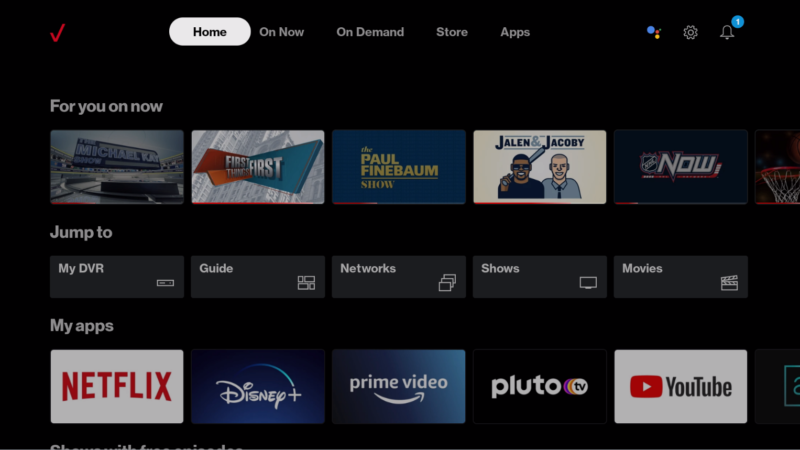Cable Labeling Best Practices

More and more, both professionals and amateurs are turning to labeling when it comes to network and cabling systems. Efficiency is the name of the game and cable labeling can be the best way to ensure that everything is neat and efficient.
Despite it sounding like an easy thing, there are far too many common mistakes made. Follow the cable labeling best practices and you will create the best possible cable management solution.
Use Labels, Not Tape
There are far too many people who have had the same thought: “Why not just use tape?” While there are plenty of ways to label cables, tape is the worst one you could choose. Tape is not meant to be applied in situations like this. Using tape for cable labeling will more than likely lead to the tape peeling back and eventually falling off.
Given the importance of cabling and wiring in the world of tech, it is vital to keep those cable systems properly managed. Using actual labels means being able to keep things neat and organized without worrying about whether the labels will just fall off one day. Labels might move a little if the cable is bent or moved but should remain about where it was implemented.
Waterproof Labels
Even if you have cable systems that aren’t meant to be anywhere near water, you never know what can happen. A leak can wind up playing havoc on your cable management system, leading to potential damage and other serious issues. That’s why you need to choose cable labeling that offers water resistance.
Though your cables and wires are likely going to be in a place where water isn’t typically going to be, it is better to be safe than sorry. In the event of a leak, your cables and wires will remain safe and secure, keeping you from having to deal with the fallout of potential water damage. It will be bad enough to clean up the mess without having to deal with cable replacement as well.
Print, Don’t Write
Maybe the biggest mistake made when labeling cables is hand-writing the labels. Most of the time, that means writing on things like tape and sticky notes, neither of which is suitable for labeling cables and wires. Even if you get proper labels, you want to avoid writing on the labels directly and instead turn to an actual printer.
Hand writing can be a bad idea for a few reasons. For starters, even quality penmanship can be tough to read depending on who is looking at it. That can lead to confusion that could have otherwise been avoided. That’s not even mentioning the potential running of ink that could happen in places where moisture is more consistent.
Essential Information
While the goal of labels is to make things clear, it is all too easy to make things convoluted and difficult to read. For that reason, make sure that you keep information to the essentials and avoid over-crowding the labels with too much information.
Most businesses will devise some kind of code or system to simplify things. This allows anyone looking at it to figure out which cable goes where and how to best access it. While more information is good, too much of it can make figuring things out a lot tougher. Sometimes simple is better and that is definitely the case when it comes to cable marking systems. These best practices are quite simple and can result in neater, cleaner, and better organized cable management systems. All of which can save time, money, and frustration in the long run.




